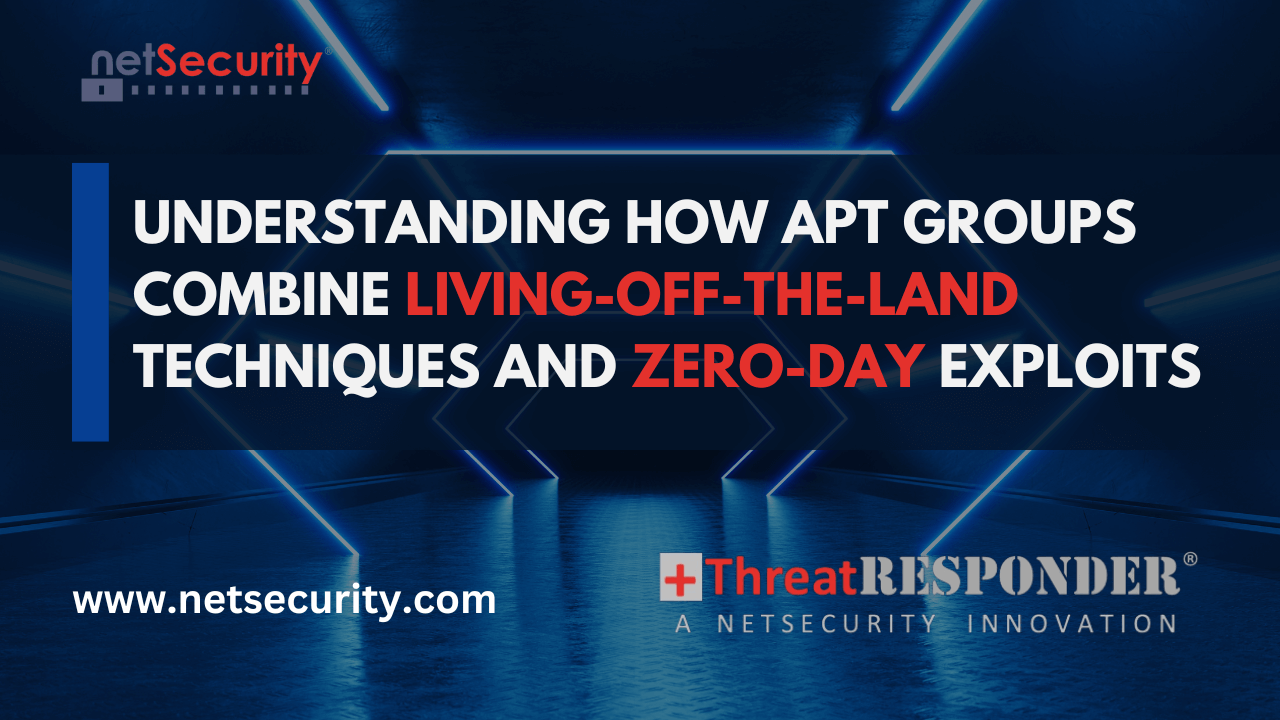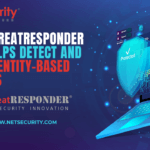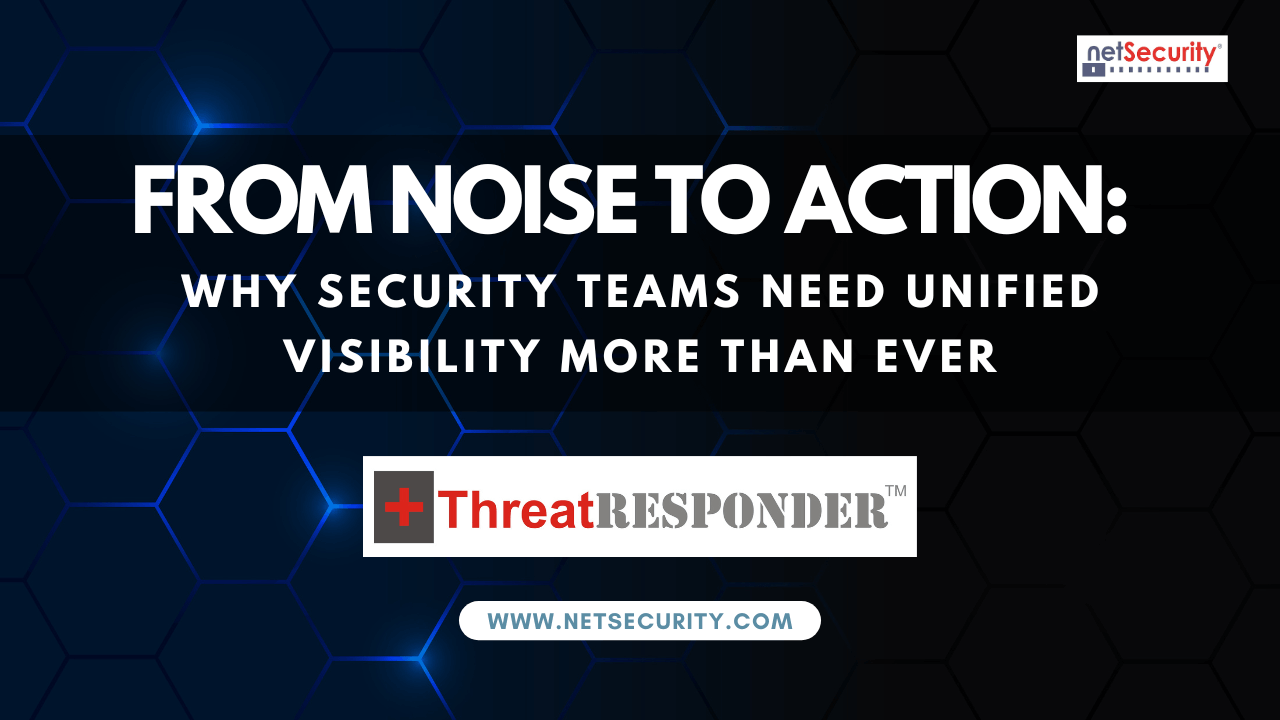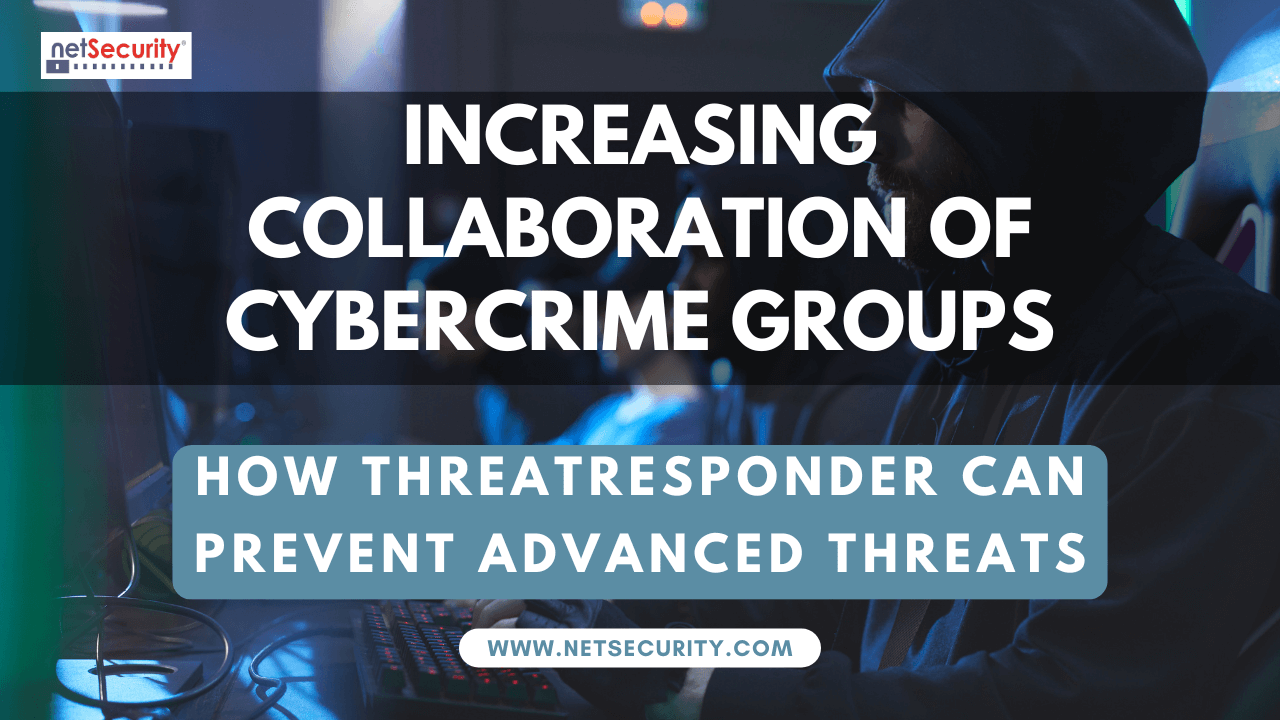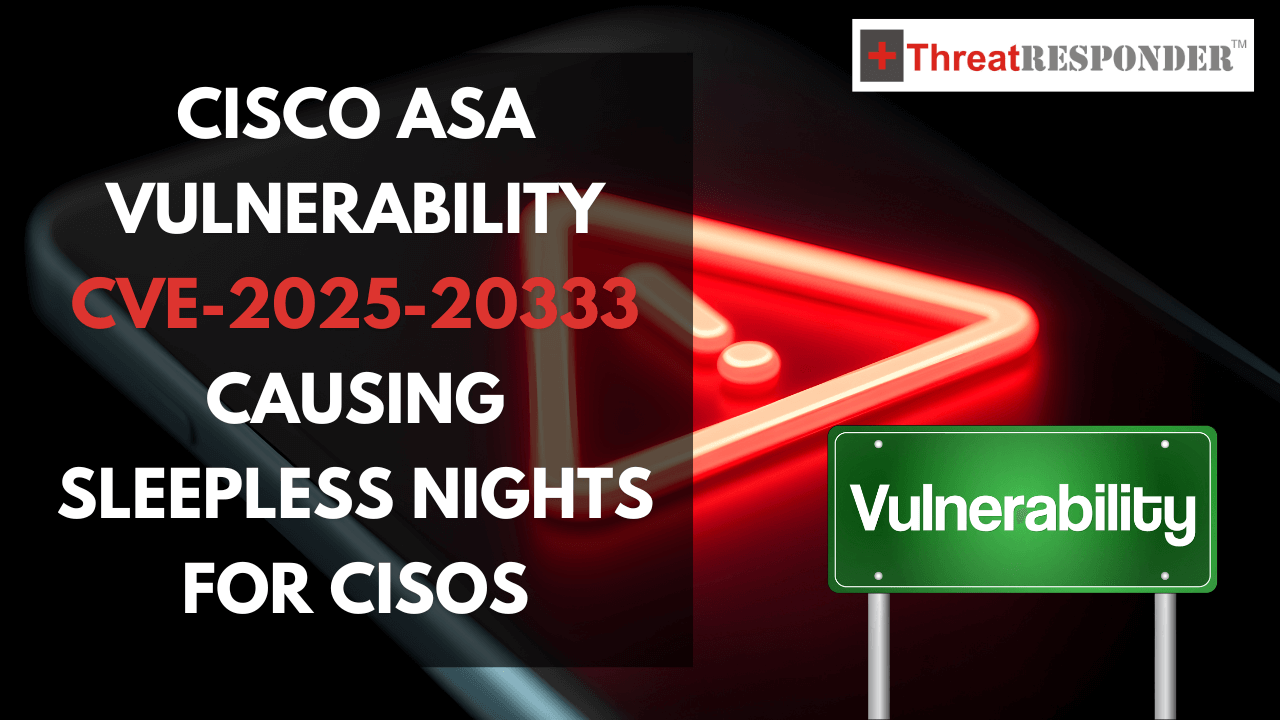Understanding How APT Groups Combine Living-off-the-Land Techniques and Zero-Day Exploits
Advanced Persistent Threat (APT) groups have evolved their strategies to remain undetected for extended periods, allowing them to achieve their objectives while evading even the most sophisticated security systems. Among their most potent strategies is the blending of Living-off-the-Land (LotL) techniques with zero-day exploits. This combination makes their attacks stealthy, adaptable, and extremely difficult to detect.
Living-off-the-Land Techniques: The Stealthy Approach
Living-off-the-Land techniques involve leveraging legitimate tools and processes already present in the target environment. Instead of introducing new, potentially suspicious binaries, attackers use trusted utilities—often those native to the operating system—to execute their malicious operations. Common examples include:
-
PowerShell for executing scripts and commands remotely.
-
Windows Management Instrumentation (WMI) for reconnaissance and lateral movement.
-
PsExec for executing commands on remote systems.
-
Certutil for downloading or decoding payloads.
The advantage for attackers is clear: since these tools are signed by trusted vendors (e.g., Microsoft), their activities often blend seamlessly with normal administrative activity. Security tools that rely on signature-based detection or basic anomaly checks may struggle to differentiate between legitimate use and abuse.
Zero-Day Exploits: The Unseen Entry Point
A zero-day exploit targets a vulnerability unknown to the software vendor or the public, giving attackers a window of opportunity before patches are released. These vulnerabilities can exist in operating systems, browsers, office suites, or even widely used security tools.
APT groups often invest heavily in discovering or purchasing zero-days because they provide a guaranteed way to bypass defenses—no known signatures, no patches, no detection at the initial exploitation stage.
Why APT Groups Combine LotL and Zero-Days
While either technique on its own can be effective, combining them offers attackers an unparalleled advantage:
-
Silent Entry – A zero-day provides the initial foothold without triggering known detection signatures.
-
Stealthy Expansion – Once inside, LotL tools allow attackers to escalate privileges, move laterally, and exfiltrate data without deploying obvious malware.
-
Extended Persistence – Because their tools and techniques mimic legitimate administrative behavior, attackers can maintain access for months or even years before discovery.
For example, an attacker might exploit a zero-day vulnerability in a web-facing server to gain access to the internal network, then use PowerShell scripts and WMI queries to enumerate users, deploy additional payloads, and collect sensitive files—all without introducing malicious binaries.
Real-World Example
In several documented APT campaigns, attackers exploited zero-day vulnerabilities in Microsoft Exchange Server to gain initial access. After establishing a foothold, they used PowerShell and other native Windows tools to dump credentials, create backdoors, and move laterally. Because much of the post-exploitation activity relied on LotL techniques, many security tools struggled to detect the intrusion until long after the compromise.
Challenges for Defenders
The blend of LotL and zero-day attacks presents several challenges for defenders:
-
Minimal Forensic Footprint – Since attackers rely on trusted binaries, traditional file-based scanning often yields no results.
-
Behavioral Ambiguity – LotL activities can look like legitimate IT administration tasks.
-
Rapid Zero-Day Exploitation – Once a zero-day is discovered, attackers can weaponize it quickly, often before public disclosure.
-
Limited Visibility – Without proper endpoint telemetry and centralized monitoring, many signs of compromise go unnoticed.
Detection Strategies
Defending against such blended attacks requires a shift from purely signature-based approaches to more advanced, behavior-based detection:
-
Monitor PowerShell and WMI activity, especially for suspicious command-line arguments.
-
Track unusual patterns of credential access and privilege escalation.
-
Employ endpoint detection and response (EDR) tools that provide deep visibility into process execution, network connections, and file access.
-
Maintain threat intelligence feeds to rapidly update defenses when zero-day vulnerabilities are disclosed.
-
Implement strict application whitelisting and least privilege access controls to reduce the potential impact of LotL abuse.
Proactive Mitigation
APT groups are resourceful and patient, making prevention just as important as detection:
-
Patch aggressively, especially for internet-facing systems.
-
Segment networks to contain lateral movement.
-
Enforce multi-factor authentication for critical systems.
-
Train administrators to recognize abnormal system behavior.
-
Conduct regular threat hunting exercises to identify anomalies before they evolve into major breaches.
How ThreatResponder Helps Detect and Prevent Such Attacks
ThreatResponder is designed with capabilities specifically aimed at countering sophisticated attacks that blend Living-off-the-Land techniques with zero-day exploits. Its advanced behavioral analytics engine detects anomalies in native tool usage, flagging suspicious PowerShell, WMI, and PsExec activity even when these processes appear legitimate. The platform’s ML-powered detection models identify patterns consistent with privilege escalation, lateral movement, and data exfiltration.
With integrated Identity Threat Detection and Response (ITDR), ThreatResponder can detect compromised accounts that attackers leverage after initial access. Its real-time endpoint telemetry ensures rapid visibility into zero-day exploitation attempts, while automated containment and remediation workflows neutralize threats before they spread.
By combining deep forensic capabilities, proactive threat hunting, and vulnerability management, ThreatResponder enables organizations to close the gap between initial compromise and detection—drastically reducing the dwell time of APT actors and strengthening overall cyber resilience.
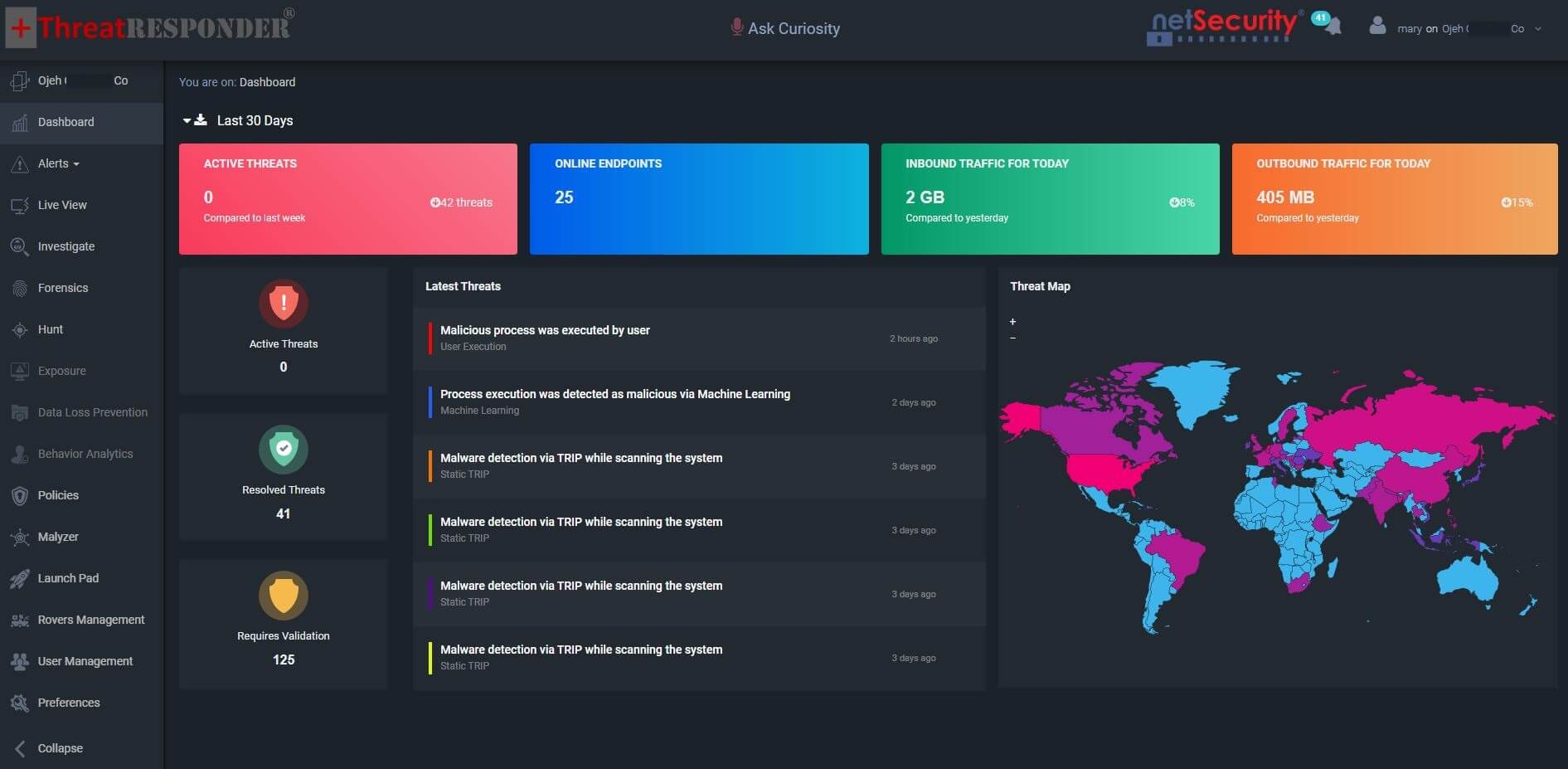
Disclaimer
The page’s content shall be deemed proprietary and privileged information of NETSECURITY CORPORATION. It shall be noted that NETSECURITY CORPORATION copyrights the contents of this page. Any violation/misuse/unauthorized use of this content “as is” or “modified” shall be considered illegal and subjected to articles and provisions that have been stipulated in the General Data Protection Regulation (GDPR) and Personal Data Protection Law (PDPL).


